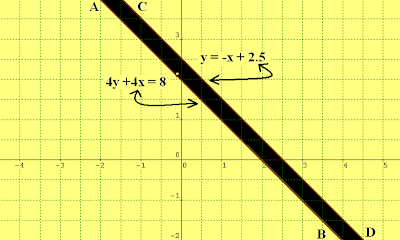Tense in English refers to the time of the verb’s action or state of being. There are three types of tenses – Present tense, Past tense and Future tense. Present tense refers to present action or state of being; past tense refers to past action or state of being while future tense refers to a future state of action or being. These three major types of tenses can be further classified into sub-categories. Let’s have a look at present tense and its classifications in this post.
Present Tense: Present tense is a type of tense that refers to some action or expression in the present time. For example: I am exploring online baby stores for new born shopping for my niece. Here, the sentence is referring to an action of exploring online baby stores for new born shopping in the present time and therefore, it is in present tense.
Types of Present Tense:
• Present Continuous
• Present Perfect
• Present Perfect Continuous
Present Continuous Tense
Present continuous tense talks about an action that is still going on in the present time i.e. continuing. For example: My cousin is using mustard seeds pillow for her baby. Here, mustard seeds pillow is still on use and therefore, the sentence is in present continuous tense.
Present Perfect Tense
Present perfect tense is that which speaks about something that began in the past and completes in the present. For example: John has solved the jigsaw puzzle. Here, John started solving the jigsaw puzzle in the past and finished it in the present and therefore, the sentence is in present perfect tense.
Present Perfect Continuous Tense
Present perfect tense is that which speaks about something that began in the past and is continuing in the present. For example: Jane has been buying baby essentials from online shopping baby stores from quite some time. Here, Jane started buying baby essentials from online shopping baby stores in the past and continuing in the present and therefore, the sentence is in present perfect continuous tense.
These are the basics about present tense and its types.

